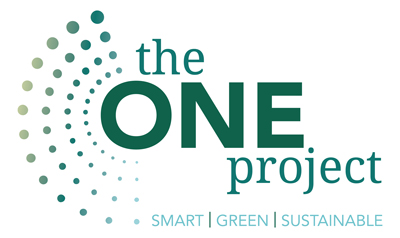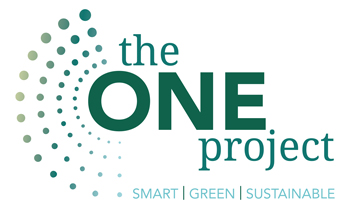Agile project management is key to managing European transnational projects, especially in troubled times. Hence, the ONE approach embraces agile project management as part of its methodology to navigate projects safely, to deal with unforeseen moments and disruptive situations and to achieve goals even in changing circumstances.
AGILE METHODS AND PROCESSES
One central feature is agility in steering the project to meet changing requirements. This concerns external changes such as a pandemic, a climate catastrophe or unstable geopolitical circumstances as well as internal changes like partners’ issues regarding time, capacity or other unforeseen events. Agility has to be paired with constant reflection on the ongoing processes, asking: What does the team or the partners need? What does the project need?
And what do external circumstances require from us?
While the ONE approach does not favour any special method or process of agility, there are some basic points that make the difference:
• open-mindedness: acceptance of changing requirements and joint search for new solutions and alternative routes;
• reflections and retrospective moments on a regular basis to make necessary adjustments and promote efficiency;
• a good atmosphere and good support for the partnership from the coordinator – serve your team to keep it motivated!
ONE Learning
For our mutual understanding, we have developed the ONE Manifesto for Agile Project Management to describe our approach. The manifesto is intended as an overarching framework for project management, product development and the vision of collaboration. It also defines strategies and processes for the development of the project’s results and the project activities.
METHODS AND TOOLS FOR VIRTUAL COMMUNICATION AND COLLABORATION
Interaction and communication are key to agile project management. Hence, efficient and effective methods and tools for virtual communication and collaboration are needed: What does serve us best for getting quick feedback and responses? What helps us with virtual collaboration?
- It is necessary to maintain frequent communication via weekly internal team meetings and virtual monthly partner meetings to keep everybody on track and keep things going, even remotely.
- Accessibility of tools and methods is important, such as using tools for communication and collaboration that require low bandwidth and facilitate easy access.
PROGRESS MEASUREMENT AND STATUS REVIEWS
Progress measurement and status reviews are necessary for transparency and for staying on course even if things need to be changed ‘on the go’. It is good to have a system that signals how things are going, be it simply a traffic light system or a more sophisticated system such as KANBAN. The choice depends very much on what makes sense for your partnership, but general things to consider are:
- a clear work plan with key dates mutually agreed upon and established as firm commitment;
- the use of a tool for task tracking with shared access by all partners to visualise progress towards milestones and deliverables;
- the use of a file sharing tool to enable transparent access to documents and materials in progress so that the status of progress is visible to all partners;
- the effective use of communication tools on the project management platform, such as the announcement and chat function, as well as email notifications.
CHANGE AND THE CHALLENGE OF TRANSNATIONALITY
The ONE approach is based on change and it supports change. This is even more challenging in a transnational partnership. When adopting agile project management, some principles of change management as well as a sensitive approach with regard to culture, geographical distance, communication and (geo)political differences are crucial. Using the ONE approach requires being aware of the following aspects:
- Because the ONE approach is about dealing with change, it is necessary to get everybody on board – make the project team, the partnership and their organisations co-creators of change.
- Create possibilities to involve colleagues, leadership and other stakeholders in the change processes – and take their feedback into account for further development.
- A diverse, transnational partnership is an opportunity! Involving the different cultural perspectives in dialogues and discussions helps develop a transnational perspective that transcends existing individual perspectives.
ONE Learning
Within the ONE project we used Design Thinking to better understand what our target groups need when engaging in (almost) only virtual transnational collaboration. We included them in all stages of our project so as to learn about their needs for the development of our deliverables.

